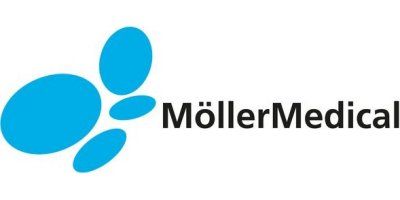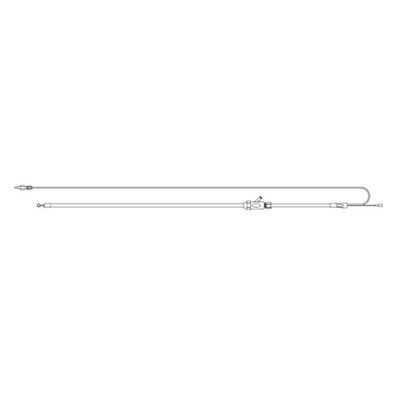

- Home
- Companies
- Möller Medical GmbH
- Products
- Moeller - Model VacStent GI - Combines

Moeller - Model VacStent GI - Combines
VacStent GI combines the advantages of the covered stent with those of improving wound healing through vaccum drainage.
VacStent GI targets the clinical problems of perforations and surgical leaks in the gastrointestinal tract (esophagus, stomach, intestine, colon). These represent a special clinical challenge, which is associated with high morbidity and mortality. Endoscopic procedures are able to significantly improve the treaent options, but are each associated with procedural restrictions and disadvantages.
The commonly used solutions are (i) fully covered stents (no vacuum) and (ii) endoscopic vacuum therapy with a polyurethane sponge (no stent). Now, in the case (i) a stent can seal the leakage, but in over 50% of the cases will move (be dislocated) by the peristaltic dynamics. Also, a stent cannot drain the wound secretions. On the other hand, the endoluminal vacuum sponge of case (ii) brings all the benefits of vacuum treaent but blocks the passage of the gastrointestinal tract, which brings new clinical problems or is flatly not applicable.
VacStent GI is a patented innovation in endoscopic therapy for leaks because it combines the advantages of the covered stent with those of improving wound healing through vacuum drainage.
It has obtained the CE mark as a class 2 A medical device. Clinical applications in the esophagus have so far been carried out as part of clinical studies and accompanied implantations.
VacStent GI consists of a silicone-coated, self-expanding superelastic NiTi stent with a cylindrical polyurethane sponge on the outside, connected via catheter to a vacuum source. A continuous suction of -80 to -120 mm Hg is applied to the sponge. VacStent GI is as easy to apply as any GI-stent. It won’t dislocate because the suction keeps it in place, even in difficult topographic locations of the GI tract. However, it allows for open passage of endoscopic instruments, enteral nutrition and intestinal contents.
Typical application cases are:
- Perforation of the esophagus
- Esophageal anastomosis insufficiency
- Endoscopic vacuum therapy
- Perforation of the colon
